What can I find in this article?
- Charoite Colors
- Charoite Species
- Charoite Clarity and Cut
- What is the spiritual meaning of Charoite?
- Charoite and the Chakras
- Health Benefits of Charoite
- Charoite Price
- Charoite Discovery and History
- Where is Charoite found?
- How is Charoite formed?
- Can Charoite be treated?
- What Jewelry is Charoite suitable for?
- How to care for Charoite
- How can you tell a real Charoite?
- What is so special about Charoite?
- Can Charoite change color?
- Charoite - Gemological Properties
Charoite Gemstone Information
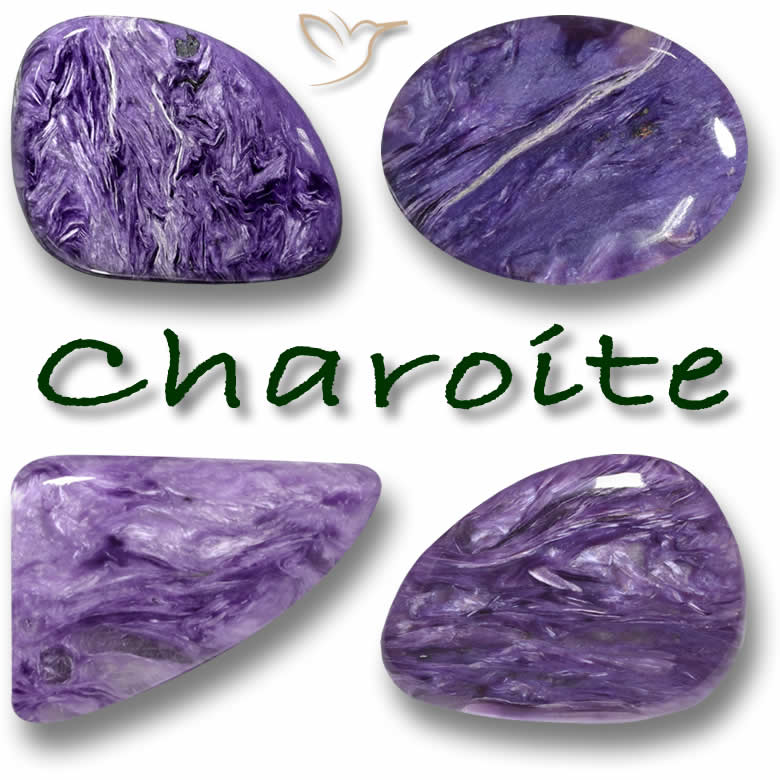
Charoite Introduction
Finding a needle in a haystack would be child's play to Russian geologists. In a mountain stream in Yakutia, a state the size of India but a population of less than a million, one of them discovered Charoite, a stunning purple gemstone found nowhere else on earth!
This lavender to violet to purple gemstone when polished has a luster like that of the finest pearls and patterns that swirl and play in a unique fashion. This intricate and varied design plus its availability in large sizes make this a perfect gemstone for one-of-a-kind jewelry pieces.
The eye-catching beauty and its single source deep in the frozen mountains of Siberia make this a very interesting gemstone with looks unlike just about any other yet the wholesale price has remained fairly inexpensive. A pendant, earring or necklace made from this striking mineral is bound to get noticed immediately and compliments from everyone.
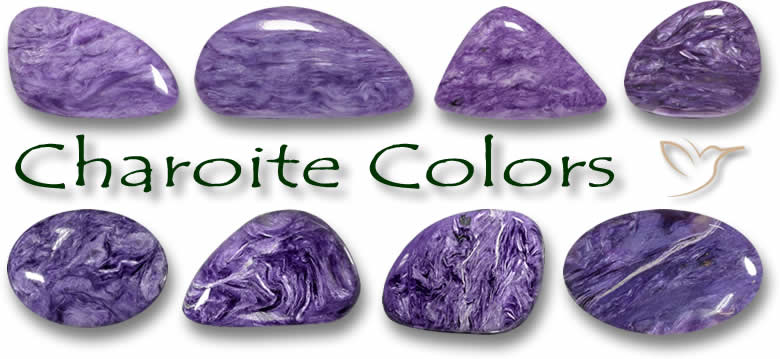
As soon as you see one of these beautiful gemstones you will think purple but look closer and you will see swirls of lilac and violet, lines of white, patches of black and touches of brown, red and yellow. The exact cause of the purple color is not really known as gemstone's chemical make-up is so complicated.
The violet to purple color as well as the distinctive white, black and brownish swirls makes this one of the easiest gemstones to identify just by sight alone. Sugilite, another purple gemstone, is the closest in appearance but it lacks the distinguishing wispy white inclusions of Charoite.
It has been suggested that one reason Charoite is not more popular is because its striking color looks almost artificial - nothing in nature could look so good!
Charoite has a very complex chemical composition with various mineral ingredients including potassium, calcium and silicon. Basically it is a purple silicate mineral, only found at present in Siberia, which upon close examination reveals interesting banding, swirls and inclusions.
Silicates are made up of silicon and oxygen and are the most common mineral found on earth, however the particular ingredients of Charoite and the circumstances of the heating and cooling of the rocks and minerals themselves created a totally unique gemstone which has not yet been found anywhere else on earth.

Gemstones usually fall into one of three categories of clarity with variations within that category. Opaque gemstones do not allow any light to pass through even if you hold it up to a light source. Translucent gemstones allow some light to shine through but you cannot clearly see through the gemstone. Transparent Gemstones allow light to pass through uninhibited so you can look through them and see objects or read words on the other side.
Charoite is technically described as translucent to opaque but to all intents and purposes I would say it is opaque. As Charoite is made up of various minerals added to the basic rock material some parts of the gemstone can be translucent or even transparent. A good lapidary can cut and shape the gemstone to take advantage of this to enhance the appearance of the color or pattern by allowing light to shine through. If you hold Charoite up to the light, it may be a little bit diaphanous at the edges but it is still more opaque than translucent.
As an opaque looking gemstone, Charoite is usually cut and polished into cabochon most often into ovals, pears or rectangles but also into free-form or odd-shapes to really show off dazzling colors or a particularly interesting pattern. This makes then ideal for unique one-of-a-kind jewelry pieces.
Have a look at our best odd-shaped gemstones which includes charoite as well
Most sources suggest that the name Charoite came from the Chara River not far from where this gemstone was discovered but there is an alternative which I am quite fond of. 'Chary' is Russian for charm or enchantment and when you see or hold one of these delightful gemstones you may agree with me - they certainly seem to have a magical aura.
It is relatively new on the scene so not a great deal of knowledge of its spiritual powers has been built up over time as with other more renowned gemstones. In addition, it has a complicated mineral make-up which includes many elements all of which can contribute to its effects.
Charoite has been called the 'Stone of Transformation' as it can change negativity to positivity, sickness to health, and fragility to strength. It will energize you and reduce stress and anxiety as well as help you harness your hidden internal powers and boost self-esteem.
It has a rejuvenating energy, helping you bounce back from misfortune and overcome adversity. One of its influences is its encouragement of unselfish deeds and philanthropic enterprises. If you feel the need 'to give back', Charoite might be the guide you are looking for.
Chakras are the energy centers in your body also known as Qi or Prana. There are seven Chakras throughout the body each influencing a particular physical, emotional or mental state and each has an associated color. The seven chakras are as follows, Crown linked with the color purple, Third Eye (indigo), Throat (blue), Heart (green), Solar Plexus (yellow), Sacral (orange) and Root (red).
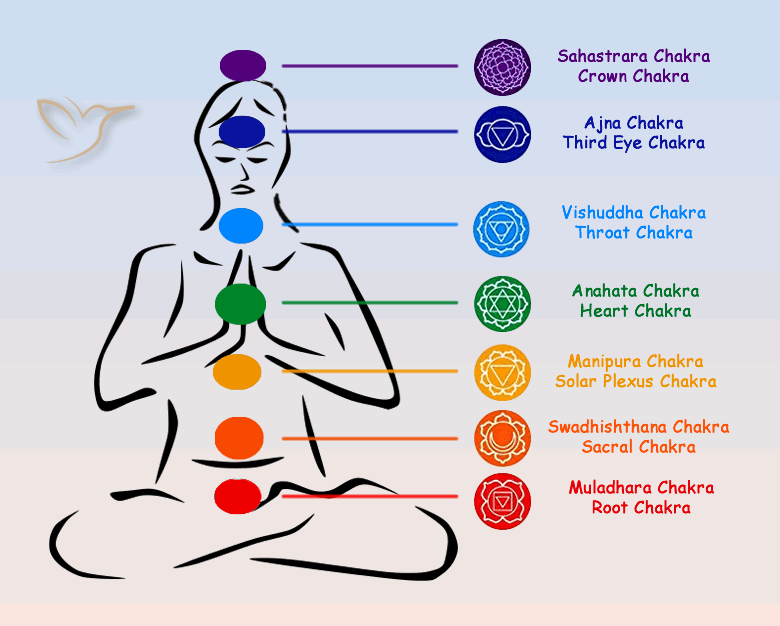
From its distinctive color it is clear that Charoite would have significant influence on the Third Eye and Crown Chakras. The Third Eye Chakra deals with knowledge, intuition and perception, helping you see what is going on around you and gives you insight into what actions you should take. The Crown Chakra is more spiritual, connecting us to higher powers and the divine.
On a physical level it seems that Charoite has a special influence over the regulation of blood pressure as well as the central nervous system which of course is essential to total body health. Improves sleep and can help overcome insomnia. Kidney, liver, pancreas disorders can benefit from Charoite especially in the course of recovering from alcoholism. This, in turn, is linked to detoxification of the body and relief from gout and diabetes.
We are often asked how to use gemstones for spiritual or health benefits and while we are certainly not experts in this field we have gained some experience and knowledge. Of course wearing the gemstone as a piece of jewelry is the easiest way for the crystal to influence your body.
Alternatively they can be placed in your purse or pocket and used as a touchstone throughout the day. Hold crystals or place them in your lap while meditating. Easiest of all, just lay down with crystals on your body, lined up with the chakra points if possible.
Charoite should be cleansed every two weeks to keep it at its maximum potential. You can do this by running the stone under tepid water and drying it in the sun for about an hour.

Although Charoite is a rare gemstone found in only one isolated location on earth, it is offered at a wholesale price, making it a very affordable option. The mesmerizing colors, enticing patterns, and lustrous polish make it a bargain for customers, even for large and eye-catching gemstones.
Charoite Price List |
||
Cutting Style |
Weight range |
Price range / USD |
|---|---|---|
Cabochon |
1ct + |
$1.10 - 3.00/ct |
As with all gemstones, other than perhaps diamonds, it is the color that sets the price. Look for bright purple or soft lilac coloring with wisps of white streaks and interesting motifs, cut and carved to show off these attributes and you cannot go wrong.
The Sakha Republic in North East Russia has diamonds, oil, coal, gas and many other natural resources and during geological surveys a young scientist, Vladimir Ditmar, first came across what was to be called Charoite in 1948. Such were the huge distances and innumerable other minerals to be found, it was not until 1977 that Charoite was scientifically identified.
This part of Siberia is pretty inhospitable, January temperatures average -35°C, roads are impassable for half the year, the rivers are either frozen solid or likely to flood and the capital city, Yakutsk is seven hours from Moscow by plane - Tokyo is closer!
Following up Ditmar's surveys over a decade later, Yury Rogov found some interesting stones near the old wooden shack Ditmar had used as his base while exploring the Murun Massif mountain range. Rogov took some of the stones to his wife, Vera, who immediately realized that they had something new and interesting in their hands.
Things moved pretty slowly in the Soviet Union in those days so it was not until 1977 that the Russian scientific community officially identified the gemstone. They allowed Vera Rogova to name it Charoite, after the nearby River Chara, although the Russian word Chary means charm, spell or bewitchment which seems so much more appropriate when you see this gemstone.
Charoite is found in only one location in the whole world, in the Murun Mountain Range in Yakutia, Russia on the border with Irkutsk Oblast between the Chara and Tokko Rivers and you cannot get much more precise than that! Well, you could but I doubt if you are planning to visit.
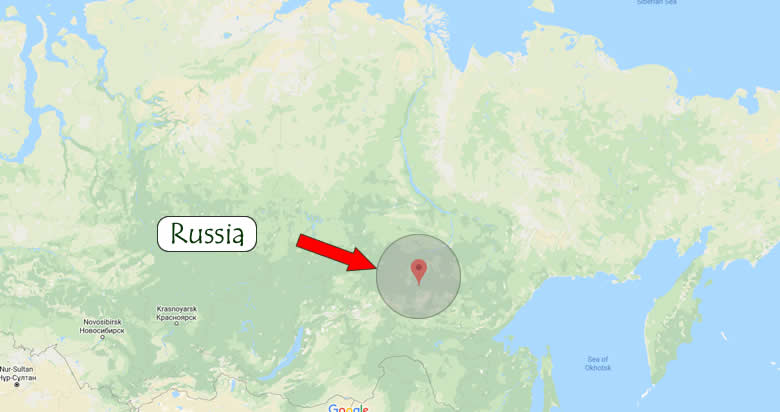
*There have been reports of Charoite being found on the east coast of Southern India but our contacts over there say this is at best unconfirmed and more likely misidentified.
Charoite is formed by a unique combination of various minerals all coming together to create a special gemstone found nowhere else in the world.
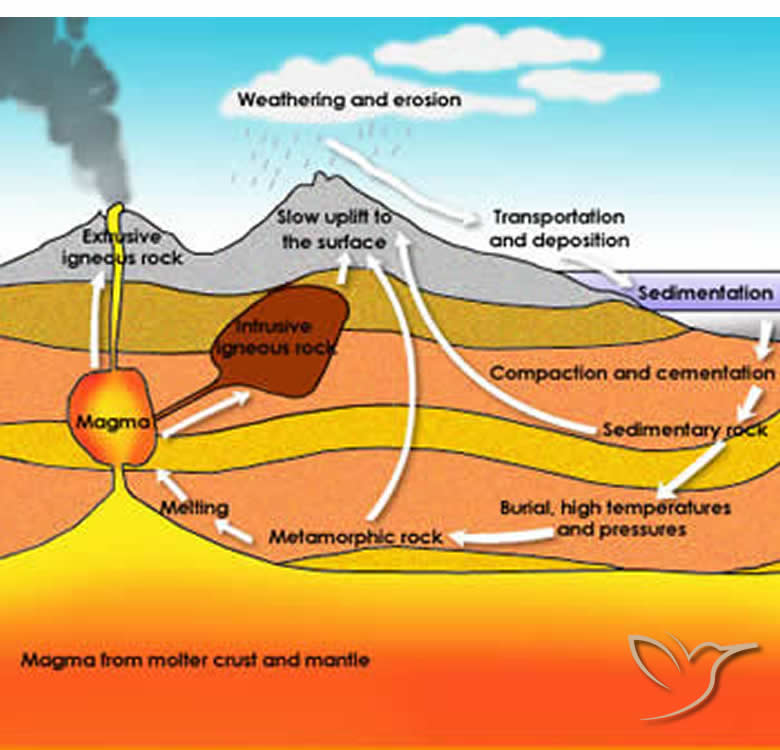
Hundreds of millions of years ago a peaceful limestone mountain was minding its own business when it was blasted by an intrusion of magma from below the earth's surface. This hot magma containing a number of different minerals and chemicals melted and mixed with the limestone which also contained a number of different minerals and chemicals.
This mixture cooled and created a new rock formation, especially at the point where the magma hit the limestone, and thus we have the unusual combination that makes up the mostly purple Charoite gemstone.
As far as we are aware, Charoite is not treated in any way to enhance its appearance other than the usual cutting and polishing to create the gemstone.
When first seen, Charoite's stunning color gave rise to rumors that it was either wholly manmade or must be enhanced in some way but no, it is just as nature created it.
If any gemstones sold by GemSelect receive any treatment we will always disclose this information.
Charoite is a relatively soft gemstone, rated about 5 on Mohs hardness scale, so some care is needed when using it in jewelry. Items such as pendants, earrings, brooches and necklaces should be no problem at all as they are not subject to many knocks or blows during normal day to day wear. However rings and bracelets are a slightly different matter and we would recommend protective settings for these pieces of jewelry.
With its splendid violet or purple colors, feathery patterns and availability in large and odd shapes, Charoite is ideal for unique one-off gemstones for jewelry making.
Charoite can be cleaned very easily using warm soapy water and a soft brush. Be sure to not use any other objects that are harder than Charoite for scrubbing or cleaning and avoid any stringent chemical cleaners.
Charoite should not be exposed to prolonged periods of heat as it may cause permanent damage to the gemstone so no steam cleaners.
Charoite gemstones should be stored inside a fabric-lined box or wrapped in a soft cloth. It is rated about 5 on the Mohs hardness scale, so it should be kept away from other gemstones and jewelry to ensure it does not get scratched any harder gemstones.

Obviously buying gemstones from a reputable dealer is the best approach but this is not always possible when you are out searching the net for a great gemstone or a bargain!
Charoite is such a unique looking gemstone that it is one of the few that is almost instantly recognizable without the need for detailed investigation. Charoite is a quite distinctive purple to violet gemstone with white swirls and orange, brown and black patches so it is worth taking a look at some real examples either in person or on the internet to familiarize yourself as to what it is supposed to look like.
The only gemstone that could be mistaken for Charoite is Sugilite, another purple gemstone, but Sugilite lacks the feathery white streaks and swirling patterns of Charoite.
These distinctive marking also make Charoite difficult to imitate and since it is a rare but inexpensive gemstone it is not worth unscrupulous merchants spending much time and money creating better fakes. Most imitation Charoite is very poor quality and easy to spot.
Although it is not very expensive beware of anything too cheap for sale, this is still a rare and notable gemstone and the price will reflect this. And remember Charoite ONLY comes from Russia - a gemstone from anywhere else is simply not Charoite.
This is not a complete guide on how to spot a real gemstone but I hope it helps.
At GemSelect, we stand by our gemstones as being as we describe them, any treatments are disclosed and our return policy means you can feel quite assured when ordering from us.
If you have the chance of taking a good look at a Charoite gemstone - even a high definition photograph will do - you will not be surprised to hear that when first seen even experts thought they were somehow manmade.
The deep to light purple swirls, the feathery white touches here and there, an occasional dab of orange or black, it really could be the masterpiece of an impressionist artist. Do you think I have gone too far? Take a look at Van Gogh's Starry Night or Monet's Water Lilies.
This is a gemstone found in just one place on planet earth, forged by fire beneath the icy mountains of Russia's harshest environment and brought to the surface against all odds. Cut and polished into what can only be described as almost celestial, you owe it to yourself to get one.

Some gemstones show a distinct or dramatic change in color under different light sources. Look at a garnet under electric or artificial light and it could look red, take it outside into the sunlight and all of a sudden it is green! This remarkable effect only occurs in a few gemstones, Alexandrite, Garnet and some Sapphires being the most well known but does NOT occur in Charoite.
Chemical Formula: |
K5Ca8(Si6O15)2(Si2O7)Si4O9(OH)•3(H2O) |
Crystal Structure: |
Monoclinic |
Color: |
Lilac, violet, purple |
Hardness: |
4.5 to 5 on the Mohs scale |
Refractive Index: |
1.550 to 1.561 |
Density: |
2.54 to 2.78 |
Cleavage: |
Fair to good |
Transparency: |
Semi-translucent to opaque |
Double Refraction or Birefringence: |
0.004 to 0.009 |
Luster: |
Weak - orange cathode luminescent UV: pale blue |
Fluorescence: |
None |

